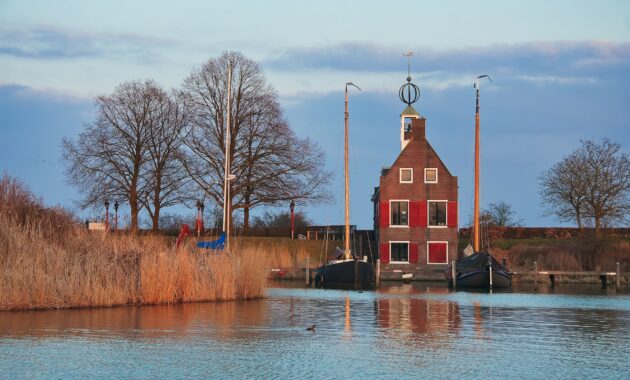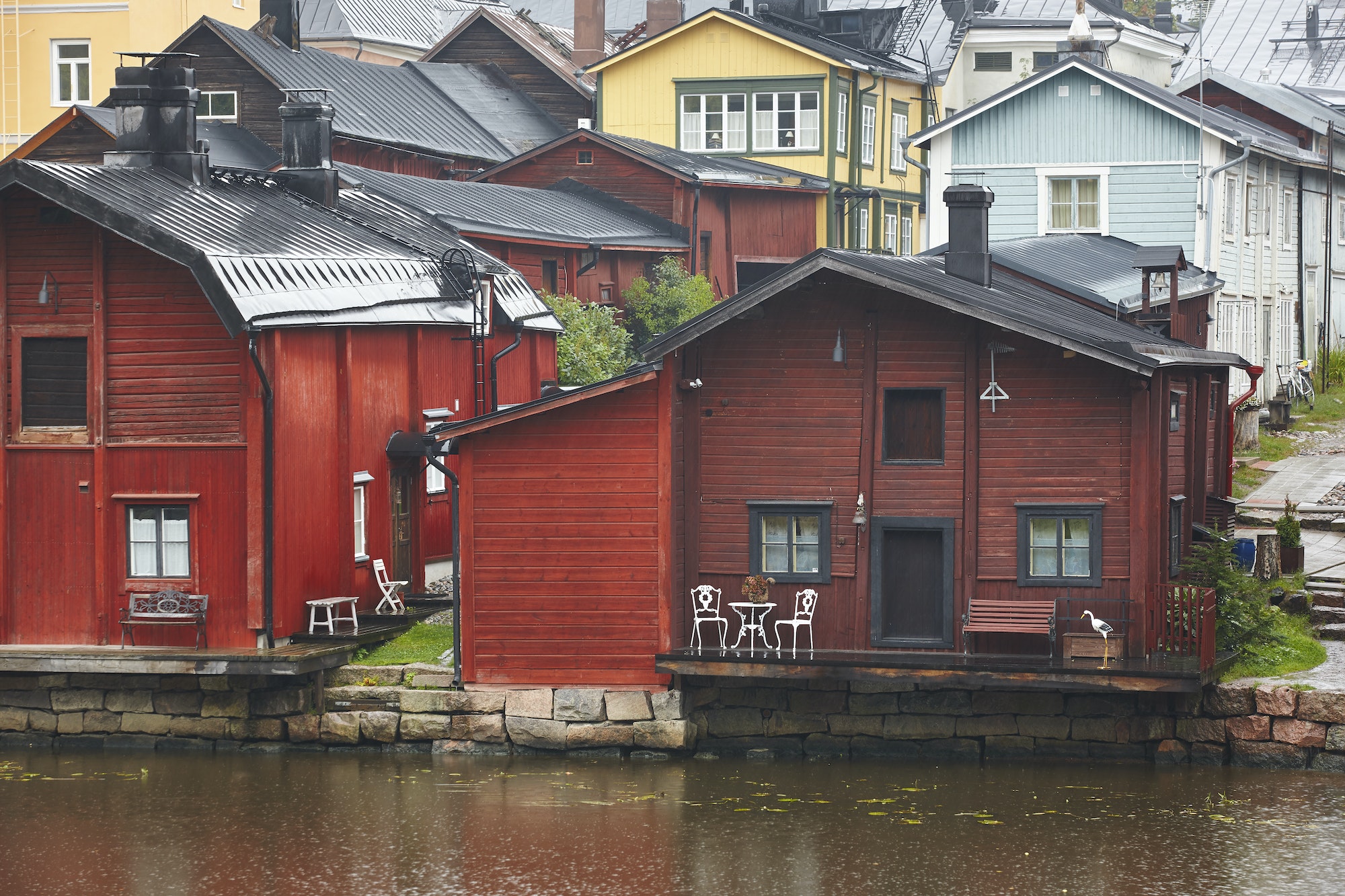When construction sites are near bodies of water, there are some specific things that must be done in order to ensure the safety of everyone involved. These steps are critical for preventing accidents and protecting the environment. Read on to find out what these things are.
Clearing The Site
The first thing you have to think about in this process is to clear the site in the best possible way. Contracting companies are often using an amphibious dredge pump as it’s the most effective way to clear a construction site near bodies of water. This machine is able to work on both lands and in water as it’s amphibious. It excavates and pumps out the material using its own power source, so it’s really convenient.
The other option is to use an excavator, which is also effective but not as much as the dredge pump. If you choose to go with this method, you have to be very careful not to damage the natural ecosystem around the construction site.
Waste Removal
After clearing the site, there will be a lot of debris and waste left behind. It is important to have a plan for waste removal so that the construction site does not pollute the nearby water.
Hiring a waste removal company is the best way to ensure that all of the waste is properly disposed of. This will speed up the process and ensure that all the waste is removed from the site. Another way to remove waste from the construction site is to incinerate it. This method is not as effective as hiring a waste removal company, but it can be done if there is no other option.
Whichever method you choose, make sure that all of the waste is removed from the site before construction begins.
The Foundation
When there’s water around, it’s essential to build a foundation that will keep the structure sound and dry. This means the footing must be deep enough to avoid shifting during floods and heavy rains, and the materials used must be resistant to water damage.
One way to achieve this is by using concrete pilings driven into the ground below the flood line. The pilings are then filled with concrete, creating a sturdy base that can support the weight of the building without shifting. Another option is to use pre-cast concrete blocks that are placed on top of each other to create a solid foundation. Whichever method you choose, make sure the foundation is designed by a professional engineer who understands the unique challenges of construction near the water.
Site Investigation
Conducting a proper site investigation will ensure the safety and well-being of everyone using it. While doing so, you should take a look at the following things:
- The Foundation
- The Soil
- The Type of Construction
- The Climate
- The Location
- The Surroundings.
If the site is located near a body of water, you should also consider the following:
- The site’s topography
- The potential for flooding
- Erosion control measures that need to be put into place.
By taking all of these factors into account, you can be sure that your construction site will be safe and stable for years to come.
Planning The Design
Buildings near bodies of water need to be designed in a way that takes the environment into consideration. The design needs to factor in things like the current, waves, and tides. It’s also important to consider how the building will be affected by weather conditions like storms and hurricanes.
There are a few different ways to protect buildings from water damage. One is to build a barrier around the perimeter of the property. This can be done with things like seawalls, levees, or sandbags. Another option is to use waterproof materials for the construction of the building itself. This includes things like concrete, stone, or brick.
Whatever method is used, it’s important that the construction site is prepared for potential flooding before work begins.
Water Insulation
Another essential thing to consider when preparing a construction site near water is insulation. This will help to protect your workers and equipment from the water, as well as keep the water out of areas it shouldn’t be. There are many different types of water insulation available, so be sure to choose the right one for your project.
For example, if you’re working on a project near a river, you’ll want to use water-resistant insulation. This will help to keep the water out of your work area and prevent any damage to your equipment.
No matter what type of water insulation you choose, be sure to install it properly.

Preparing construction sites needs to be done according to the area surrounding it. When it’s near the water, you need to clear it and then remove all the waste and debris accumulated there. You have to build a strong foundation and investigate the site thoroughly. Make sure to plan the design so that the water doesn’t damage it and apply proper insulation. You won’t have any trouble from the water around the site this way!
Discover more from Futurist Architecture
Subscribe to get the latest posts sent to your email.




